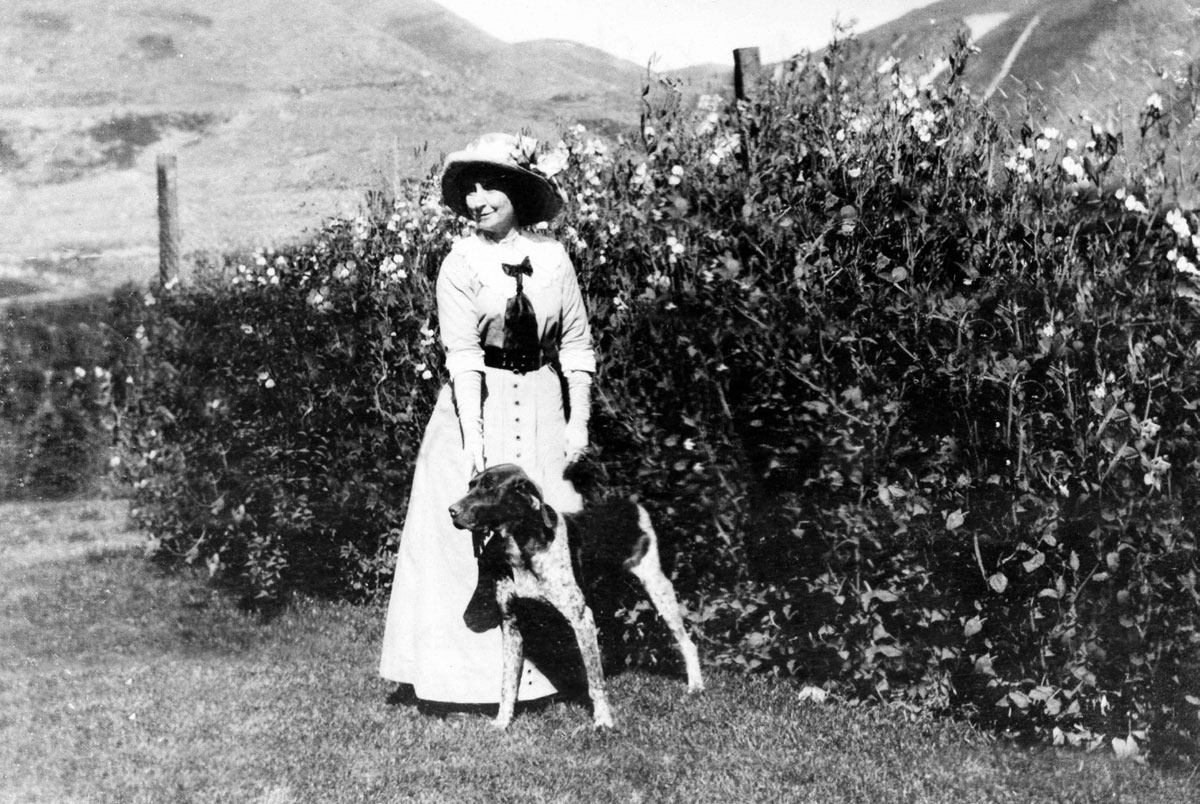Make It a Sweet Pea Summer
Sweet peas may not live up to their mouthwatering name—they’re not peas, after all, and they’re not even edible—but the plant still has plenty of virtues. It’s been Aspen’s official flower for more than a decade, and local gardeners love it for its hardiness, adaptability and delicate, colorful flowers.
When the Aspen City Council formally adopted the sweet pea as its floral mascot in 2001, it wasn’t on a whim. Sweet peas have a long and affectionate history in Aspen, and in recent years their biggest booster was Ramona Markalunas.
“She was the sweet-pea lady of Aspen,” husband Jim Markalunas told The Aspen Times in 2012, when Ramona passed away. “She thought they smelled really good, and so did everybody. She collaborated with The Aspen Times on that. She went to [former Aspen Times owner] Bil Dunaway and said, ‘Let’s make this a sweet-pea summer.’”
A fan of the flower’s bright blossoms and gentle fragrance, Markalunas thought Aspen would be lovely if it were covered in sweet peas, and she led a multi-year campaign encouraging people to plant the flower in their yards. In collaboration with The Aspen Times, she also doled out hundreds of seed packets to the community every spring.
Ramona Markalunas founded the Aspen Historical Society in 1963, and today the nonprofit carries on the tradition, sending out sweet peas to its members each spring and handing them out from the offices of The Aspen Times and local realtor B.J. Adams and Company.
Yet Aspen’s love affair with sweet peas predates even Ramona Markalunas’ obsession with the plant.
“Aspen has always been noted for its sweet peas as the cool climate and rich soil seems particularly adapted to their growth,” reads an article from the Aspen Democrat-Times in 1913.
In fact, sweet peas from Aspen were so desirable that organizations like the Women’s Civic Club in Denver received shipments of Roaring Fork Valley sweet peas to hand out to their delegations on the Front Range, according to the same article.
In 1949, there was an effort to make Aspen the “Sweet Pea Center of Colorado” through the creation of a commercial farm just outside of Basalt near the Rio Grande railroad, which has since become a trail.
Leroy Simpson leased land from the Usel family to cultivate thousands of sweet peas, then shipped them by rail to florists in Denver and cities around the Midwest, according to The Aspen Times. Simpson exported more than 12,000 flowers, but when he stopped production the idea of a commercial sweet pea operation in the Roaring Fork Valley wilted too.
Still, sweet peas remain prolific in gardens throughout Aspen’s West End. The flower’s growing season extends from May into September, and Markalunas’ hopes for a “sweet-pea covered” town spring eternal. Pick up some sweet pea seeds this spring to keep the tradition blooming.
Edible Traditions is produced by the Aspen Historical Society. For access to the full online archives, including more than 10,000 historic images, visit AspenHistory.org or call 970.925.3721.





